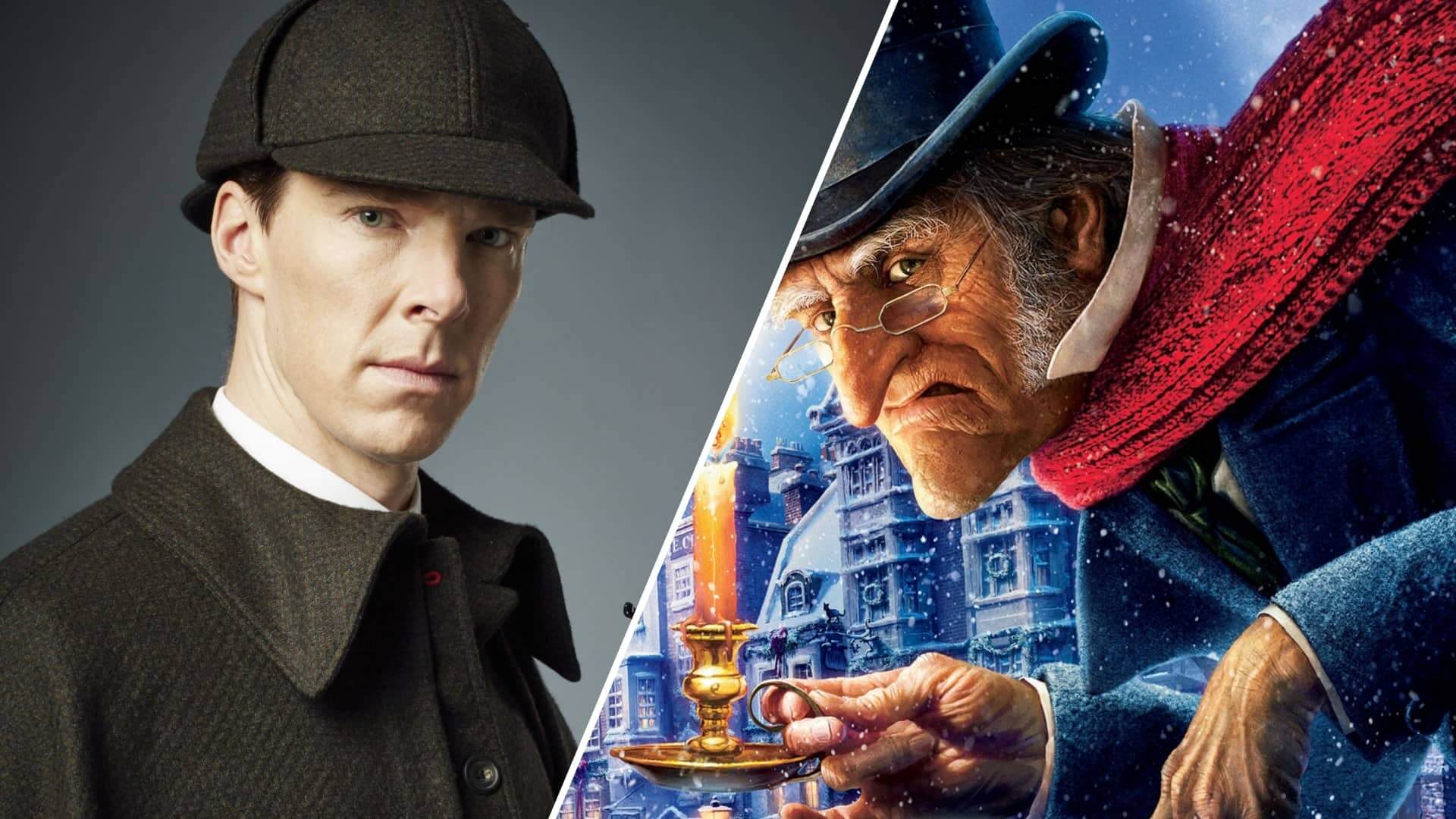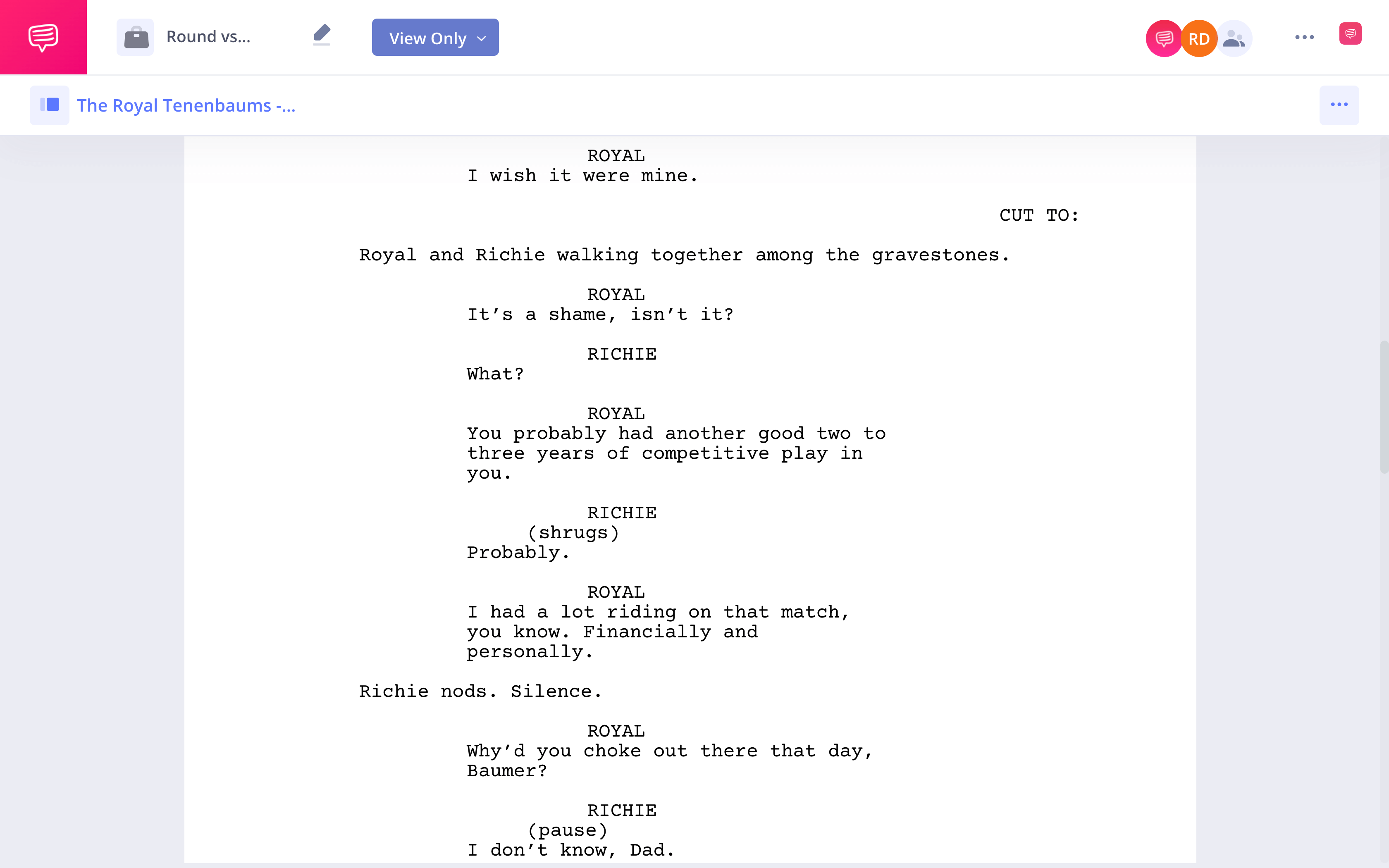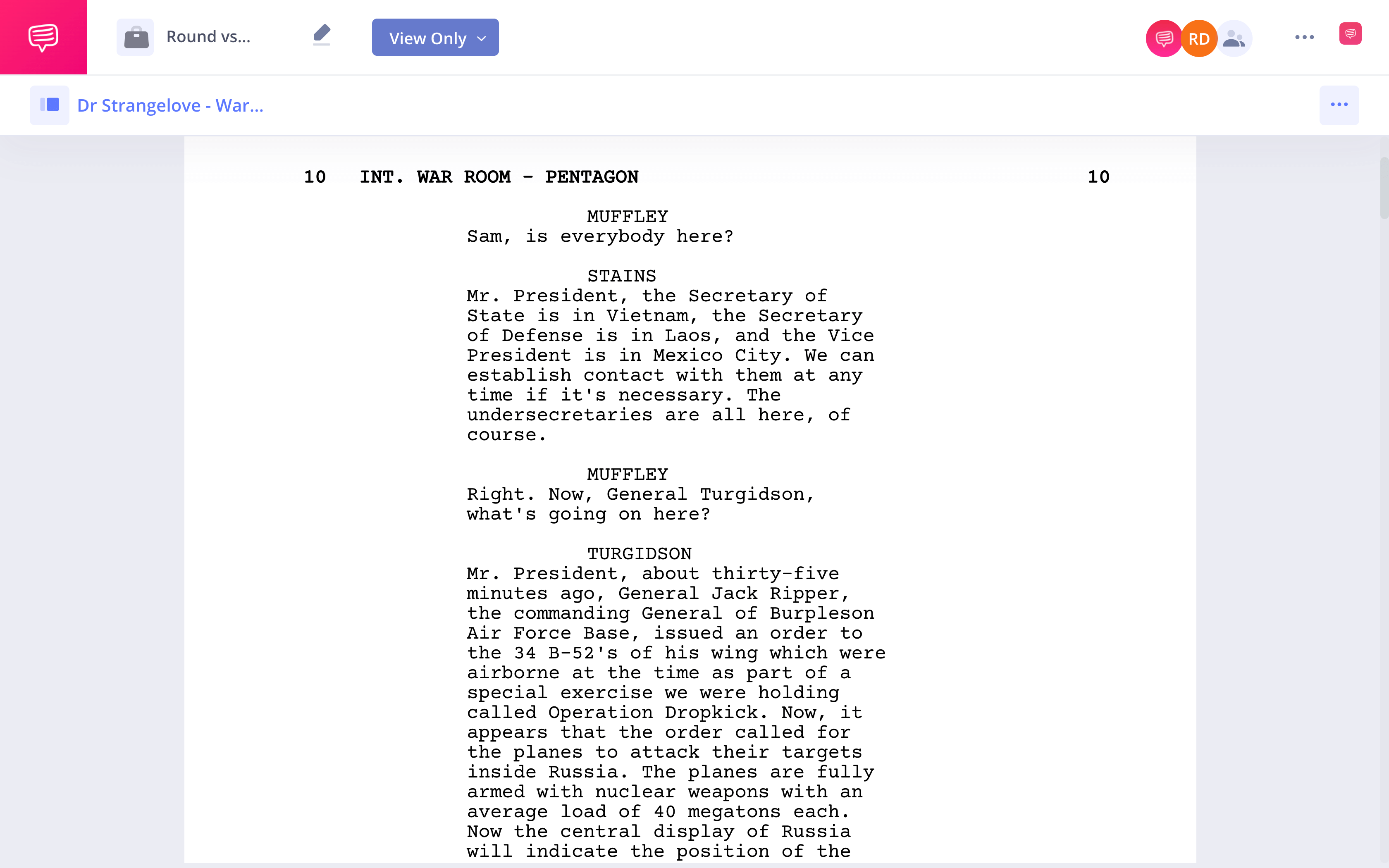Good storytelling uses a mix of character types to propel the movement of the plot. There are four basic character elements that you need to know in order to write compelling characters: round, flat, dynamic, and static. In this post we will look at what is a round vs. flat character, as well as the difference between dynamic and static characters, which are often confused with round vs. flat characters. If you’re looking for a round vs. dynamic character definition, you’ve come to the right place – because we’re going to untangle all of these character types!
Overview of Flat and Round Characters
What are round and flat characters?
What is the difference between round and flat characters? You can think of them as the “primary” character types, the core nature of a character.
Both flat and round characters in literature, television, and film, can help drive a story, and neither is good or bad. Too many flat characters don’t make a story compelling enough for an audience to get invested. Whereas too many round characters can clutter a plot and require so much backstory we cannot follow the narrative thread.
No matter which type of character you're writing, both are built is through a process called characterization (explained in the video above).
So, what's the difference between these two major character types?
ROUND VS. FLAT CHARACTER DEFINITION
What is a Round vs. Flat Character?
Round characters are multifaceted and lifelike, while flat characters are the “stereotypes” of storytelling. Flat characters often follow predictable tropes and are less relatable, whereas round characters offer surprise and complex layers to their personality, like real people. In most cases, the lead character(s) in a story are round because they are the most complex and interesting. Meanwhile, supporting characters are usually better left flat.
Round vs. Flat Character Examples:
- Round — The Bride in Kill Bill, Shakespeare’s Hamlet, and Celie in The Color Purple
- Flat — Colonel Quaritch in Avatar, Sherlock Holmes, Marty McFly in Back to the Future
Compare and Contrast Flat and Round Characters
Round vs. flat characters in film
What are round and flat characters? A round character is complex, layered, and multidimensional. As a round character unfolds their personality, inner and outer conflicts, and motivations, they advance the plot.
Round characters always deepen and reveal some kind of emotional development by the story's end – though they may not actually transform.
Take Royal, the disgraced patriarch in The Royal Tenenbaums. There is a complexity to that character that confounds and frustrates his entire family. He claims to care and expresses a desire for reconciliation but his gruff personality constantly interrupts his own progress.
Consider this brief moment between Royal and Richie. Click the image link to read the entire scene in StudioBinder's screenwriting software.
Royal and Ritchie's awkward relationship • Read the entire scene
In commenting on Richie's failed tennis match, Royal fails to sympathize with his son. He starts with a somewhat empathetic line about what a shame it was that Richie's career was cut short. But then he follows it up with a complaint about losing money on the match. That Royal is one complicated man!
Flat characters, on the other hand, tend to be rather shallowly drawn. These are the “stock” characters who lack complexity and depth. Flat characters are one-dimensional, and often draw from common stereotypes like the “evil villain,” the “goofy sidekick,” or the “mean boss.”
You can usually describe a flat character in one sentence, as their personality does not surprise or have any backstory to it.
Let's look at one of the all-time great films, performances, and scenes. General Turgidson (George C. Scott) is the stereotypical "war monger" in Dr. Strangelove, one of Stanley Kubrick's best movies.
Let's watch the scene and then we'll talk about it.
Gen. Turgidson • Flat Character Example
When you watch the film in its entirety, you can see just how one-dimensional Turgidson really is. But that's not a bad thing and it wasn't a mistake. Dr. Strangelove is a satire of the highest order and flat characters like this are basically necessary to deliver a satirical message.
And for those who really want to get into how to write a character like (as well as truly biting satire), here is the screenplay excerpt for this entire exchange.
Gen. Turgidson vs. President Muffley • Read the entire scene
In addition to being either flat vs. round characters, any given character type is also either static or dynamic. Let's quickly look at those distinctions next.
Flat vs. Static Character
Dynamic and static characters
Often, when people talk about flat vs. round characters, “round” is confused to mean dynamic, and “flat” is confused with static. But there is a difference between flat characters and static characters. Likewise, there is a difference between round characters and dynamic characters.
Dynamic characters are what we usually think of when we think of “round” characters. Dynamic characters always undergo some kind of transformation over the course of a story.
Their defining characteristic is not how interesting they are or how much depth they reveal. Both flat and round characters can change, therefore, they can both be dynamic.
For example, Ebenezer Scrooge from Charles Dickens’ A Christmas Carol is the ultimate dynamic, round character. He starts out layered, with a past that has shaped him to be the miser he is in the present day. And through a transformative visit with a ghost, his cold heart becomes kinder and more sympathetic to his fellow man.
This is the opposite of the static character, who remains unchanged.
It is common to only think of dynamic characters when we think about what is a round character. But a round character can also be static.
For example, Marty McFly from Back to the Future has some layers to his personality (round) but he remains static in the end. In this video, we break down how this plays out in the film.
Marty McFly • Round and Static Character Example
When a round character is static, they maintain a fixed personality and do not undergo any real transformation over the course of a story. This lack of transformation can actually be part of what makes them so relatable.
FLAT AND ROUND CHARACTERS CAN CHANGE
Exceptions to the rule
The vast majority of the time, flat characters are also static. But sometimes, a flat character can undergo some kind of change that switches them to dynamic. In fact, this surprise reveals them to actually be a round character after all.
Let’s look at a stereotypically “evil” character from Harry Potter who actually surprises us by evolving from flat to round over the course of the narrative.
Professor Snape starts out as a flat “villain,” but over the course of the series surprises us so many times that by story’s end, he has become both round and dynamic.
He is eventually bequeathed with a compelling backstory, demonstrates a complexity of motivations, and we care about him and his relationship to Harry and the fate of Hogwarts.
UP NEXT
Dig deeper into Round Characters
Want to dive deeper into round character types? Now that you know the difference between flat vs. static characters, and round vs. dynamic characters, you can add depth and dimension to your story and use a character’s stasis or development to help bring your story to life. Check out our post What is a Round Character to dig into characters with depth and interest.


